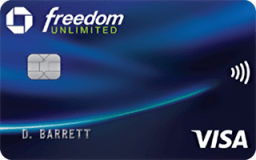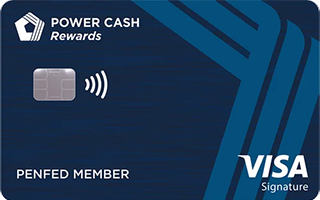Both the Navy Federal Credit Union cashRewards Card and the PenFed Power Cash Rewards Visa Signature Card offer enticing cash back rewards without the burden of annual fees, making them both strong cards. However, the Navy Federal cashRewards edges ahead with its lower APR and the flexibility of a lower credit score requirement, making it more accessible.
While the PenFed Power Cash Rewards offers a competitive balance transfer offer, the Navy Federal cashRewards card's broader accessibility and lower APR make it the superior choice for most users. Still, those eligible for PenFed's Honors Advantage program may find the additional cash back benefit compelling enough to sway their decision.
















